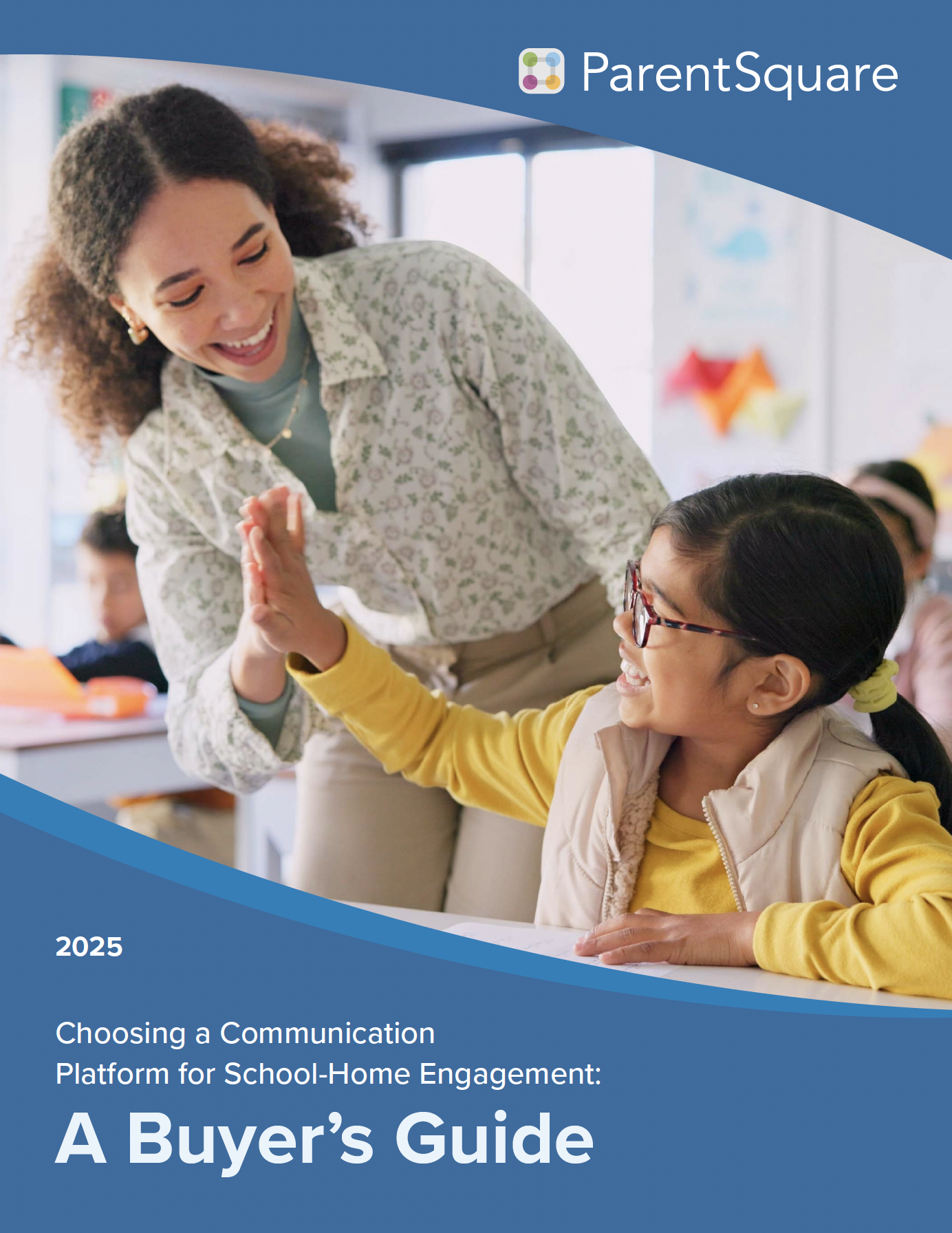Dear Teachers Council,
I would really like to help out by supervising on the yard, but I am always afraid that a conflict will arise between children, which I won’t know how to resolve. At best, I don’t particularly enjoy breaking up conflicts between my own children and their friends, but I feel really uncomfortable when I don’t know the children well.
Fears Conflict
– – – – – – – – – – – – – – – – – – – –
Dear Fears Conflict,
It is natural to feel uncomfortable with conflict. We often fear that we won’t know what to do when confronted by an emotional conflict between children. You may always feel free to bring children who are in conflict to a teacher or aide who is on the yard, and have them facilitate. Many parents find it helpful to observe as the teacher helps children resolve a problem and are later able to apply what they learn to other situations. However, if you would like to facilitate the solving of the problem, it may help to know that there are some basic steps to conflict resolution used throughout the school. When trying to resolve a conflict, these are important steps to follow:
1. Set the ground rules. All children will have a chance to speak, however, they must listen without interrupting. Each child must be able to paraphrase the previous speaker’s comments before speaking.
2. Ask the child who is most visibly upset to share what happened. They should describe their feelings as well as the sequence of events. The conversation may be started with a phrase such as, “Tell what he/she did that you didn’t like.”
3. Encourage the use of “I-messages.”
4. The other child(ren) need(s) to listen without interrupting.
5. Once the speaker concludes, the listener must paraphrase the speaker’s concerns and feelings.
6. Children who are eight years or older can often begin identifying each party’s needs. (This is not a reasonable expectation for younger children and may be impossible for some eight year olds.)
7. Allow students to brainstorm solutions. To encourage brainstorming, an adult might ask, “What would you like to have happen next time?” or “Suggest some possible solutions.”
8. One or more solutions are agreed upon and put into action by the students.
9. Ask, “Is this problem resolved?”
Note: While children are taught that an apology can be helpful, they should never be forced to apologize. Children are often not sorry about what they have done; forcing children to apologize teaches them to lie about their feelings. Rather than prompting children to apologize, we often ask, “Is there anything that you would like to say?” or “Is their anything that ______ could say that would make you feel better?”
Remember that it takes a lot of practice to become good at resolving conflicts between children. Teachers have practice every day, while parents only get occasional opportunities to facilitate the solving of a problem between children. For more information, please speak to your child’s teacher or to the Director of Education.
Fondly,
Teachers Council
Santa Barbara Charter School







